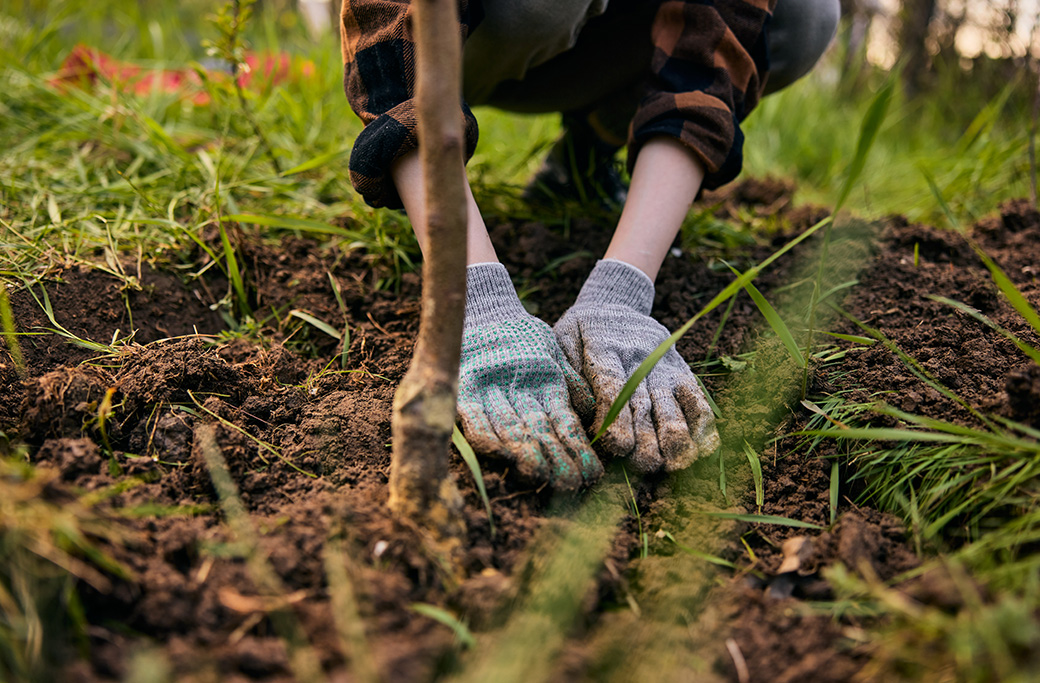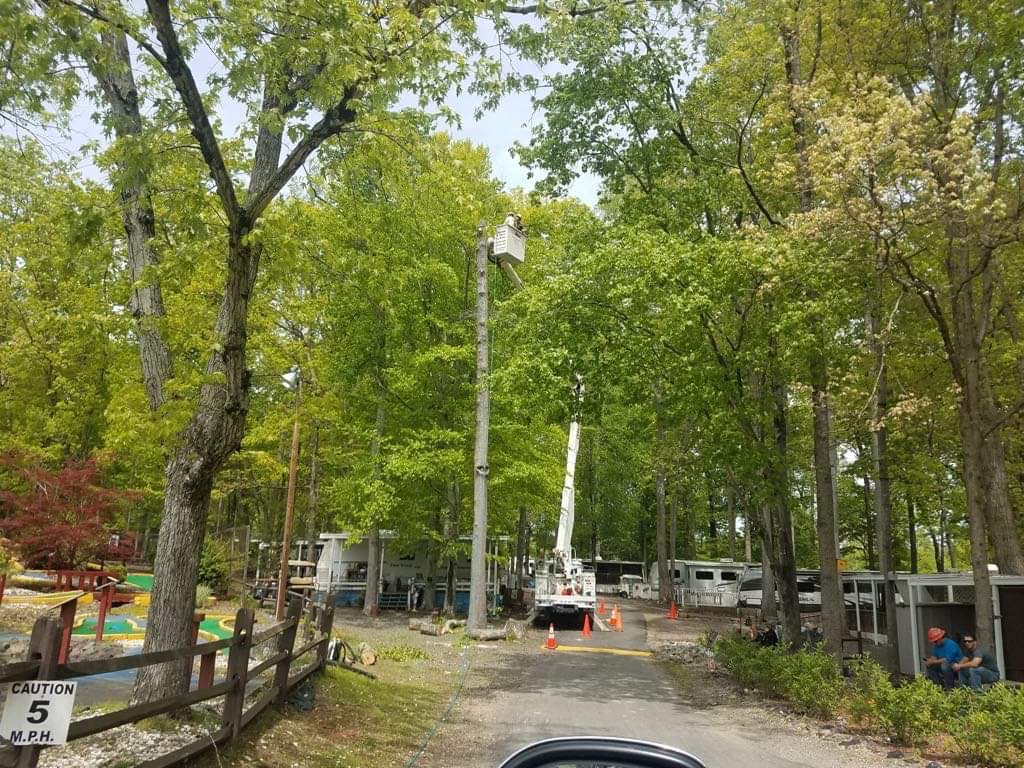The crisp air of spring brings with it a newfound sense of rejuvenation and growth. As the ground thaws and daylight extends its warm invitation, what better way to honor the season than through planting the seeds, quite literally, of future life and beauty? For gardeners, environmental enthusiasts, and homeowners alike, the act of tree planting is a vital step toward a greener and more sustainable environment. The intricacies of not just planting a tree, but crafting a flourishing legacy for the future, lie within three essential elements: location, preparation, and care.
The Importance of Tree Planting in Spring
Spring is a season of rebirth and renewal, characteristics that make it an excellent time to introduce new trees to their adopted soil. The moist nature of spring soil and the temperate climate create ideal conditions for the young saplings to establish roots and begin their growth. The extended timeframe between the initial planting and the onset of summer heat provides a buffer for trees to settle without the added stress of arid weather. In our pursuit of a thriving ecosystem, spring planting stands as a testament to our commitment to the environment and the community we seek to build.
Choosing the Right Trees
Selecting a tree is a decision not to be taken lightly. The species you choose should not only align with your aesthetic preferences but also with the local ecosystem’s needs and the uncontested maintenance ability of your site.
Native Species
Choosing native species ensures a smoother integration into the local environment by supporting existing wildlife, conserving water, and reducing the need for maintenance. They are adapted to their specific climate and soil conditions, making them hardier and more likely to thrive.
Size Matters
Consider the eventual size of the tree in relation to your planting site, as it’s crucial that the tree has enough space to grow without interference from buildings, power lines, or other trees. Overcrowding diminishes the health and lifespan of the trees, so plan for the future, not just the present.
Soil Requirements
Different tree species thrive in different types of soil, so knowing your soil’s pH, drainage, and nutrient content is essential. Acid-loving trees, for example, such as the dogwood or red maple, prefer soils with a lower pH and good drainage. Ensure you match your chosen species with your soil characteristics for the best possible outcome.
Preparing the Site
The groundwork you lay before planting will determine the success of your trees’ growth. It’s a critical phase that cannot be overlooked.
Soil Testing
A professional soil test can provide invaluable information about your soil’s health and composition. It gives you insights into what might need to be amended or catered to in order to support your tree’s growth. When adjusting soil, remember that patience and long-term soil health are key goals.
Sunlight Exposure
Trees, like plants, require sunlight for photosynthesis. Understanding the natural patterns of sunlight on your site and selecting trees that match the level of sunlight they need is vital. Full sun, part shade, and full shade are the primary categories that will guide your tree selection.
Spacing
Good spacing between trees allows ample room for air, water, and light to reach each one. The Arbor Day Foundation recommends spacing trees that are expected to grow to a 30 to 50-foot spread between 20 to 30 feet apart. Of course, this guideline varies depending on the species of tree you choose.
Planting Techniques
On the day of planting, several techniques can help ensure your tree gets off to the best start.
Digging the Hole
The size of the hole is critical. It should be at least two to three times as wide as the tree’s root ball, but no deeper. The depth should be such that the tree is planted with the same depth as it was grown in the nursery, with the flare of the roots level with the ground. Planting too deep can suffocate the tree, while planting too shallow can cause root exposure and drying.
Proper Depth
Placing the tree in the hole to determine the proper depth is the best guideline. The root collar should be level with the ground, and the top of the root ball should sit slightly above the soil line to avoid settling.
Mulching
Mulch helps retain soil moisture, inhibits weed growth, and protects the tree from lawn equipment. Apply a two to four-inch layer of mulch, but be sure to keep the mulch away from the base of the tree to avoid moisture retention against the bark, which can encourage disease.
Caring for Newly Planted Trees
Once the tree is in the ground, the real nurturing begins. Here’s how to tend to your young tree.
Watering Schedule
Adequate water is critical in the first few years as the tree establishes its root system. A slow, deep watering once a week should be sufficient unless there are prolonged periods of drought.
Pruning Tips
Pruning should be minimal in the first few years after transplanting. Focus on removing dead or damaged branches. Regular pruning can begin after the tree has acclimated and reached a suitable age.
Protection from Pests
A newly planted tree is at its most vulnerable stage. Deer, rodents, and insects can be attracted to the tender leaves and branches. Consider physical barriers or organic repellents to keep pests at bay.
Benefits of Spring Tree Planting
Spring tree planting goes beyond the aesthetic value. It has profound effects that ripple through the local ecosystem, property, and our own lives.
Environmental Impact
Trees improve air quality, reduce urban heat islands, and provide habitats for wildlife. They also help mitigate climate change by sequestering carbon. Every tree planted is a direct, positive contribution to our environment.
Aesthetic Value
The value that trees add to any landscape is immeasurable. They change with the seasons, painting the world around us in a palette of vibrant colors. They provide textures, shapes, and life that transform the mundane into the picturesque.
Property Value
Well-situated and maintained trees can significantly increase the value of your property. They can provide shaded areas that reduce energy costs and enhance curb appeal. A strategically planted tree can provide a natural frame that highlights architectural features.
New Beginnings: Planning and Preparing for Spring Tree Planting
Spring tree planting is a commitment to the future. It is about more than the act itself; it is about the legacy we leave behind. Take the time to plan and prepare, for in doing so, you are preparing not just a tree, but a future for your community and the planet. In the words of poet Alexander Smith, “A man does not plant a tree for himself, he plants it for posterity.” Take a step this spring. Plant a tree and watch how a small act can grow into a forest of opportunities. Your new beginning awaits.
At Shannon & Sons Tree Service we believe in the power of trees. We provide professional tree care services to help you achieve your vision for your property and leave a positive impact on the environment. Contact us today to learn more about our services and how we can help you make a lasting impression with new spring plantings. Let’s grow together!



